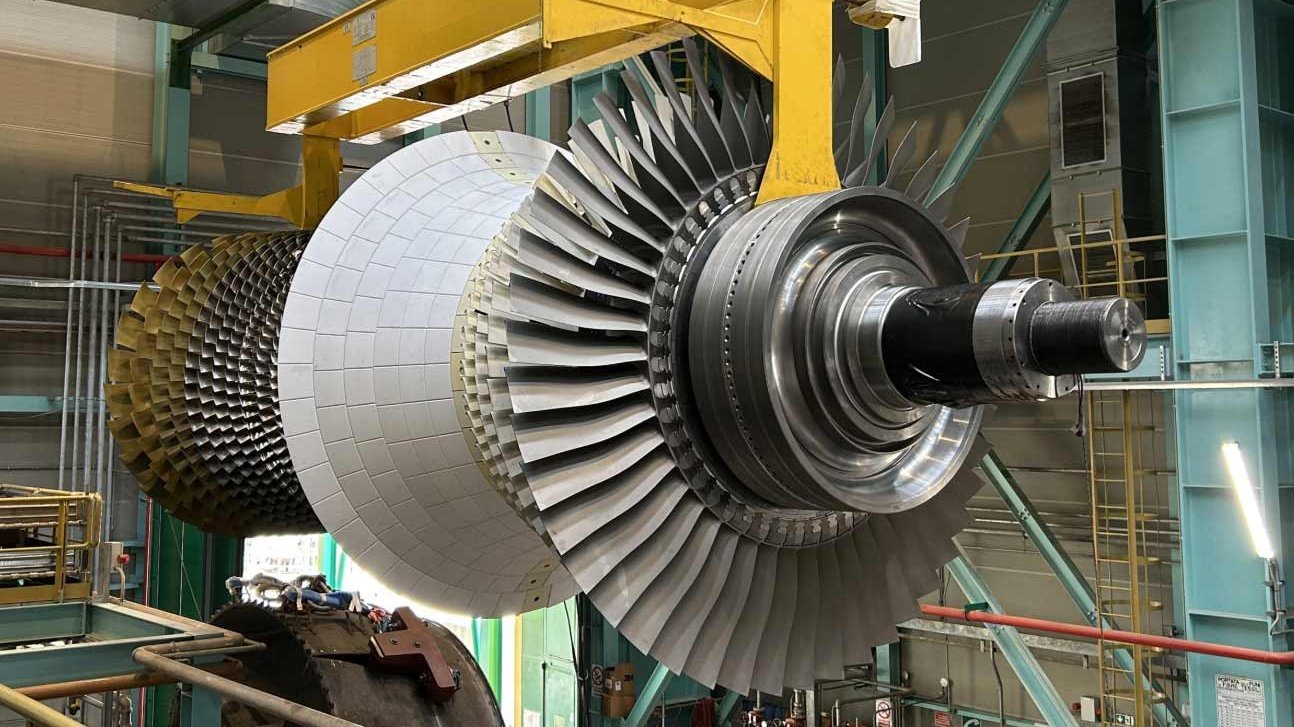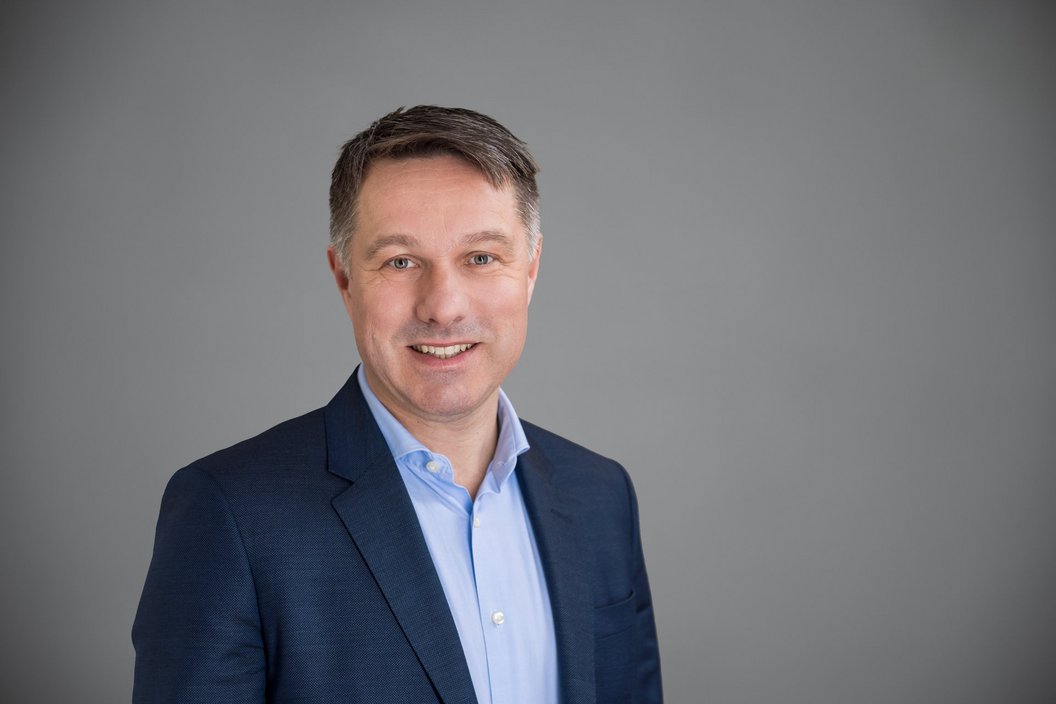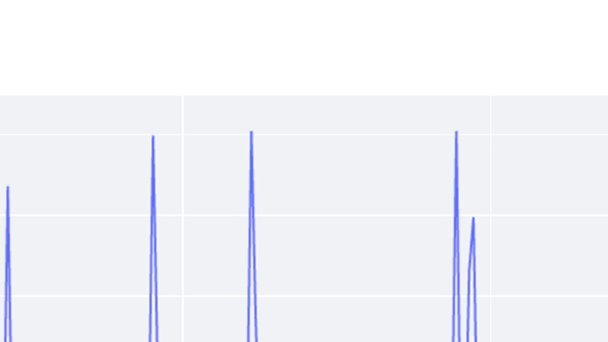Lukas, why is Alpiq continuing to invest in flexible gas generation while renewables are expanding?
As renewable generation increases rapidly, so too does the need for flexibility; the EU estimates that meeting its 2030 energy transition ambitions will require a doubling of system flexibility within this decade. While hydropower and battery energy storage systems (BESS) can provide part of this flexibility, flexible gas generation remains essential as a transitional technology. Energy mixes vary significantly across Europe, and large-scale storage solutions are still limited. Most countries don’t have the luxury of the large-scale hydropower resources that Switzerland has. In countries such as Spain, Germany, Hungary and Italy, gas-fired plants continue to play a crucial role in ensuring security of supply and enabling the integration of renewables. By upgrading existing gas assets rather than building new infrastructure, we enhance system reliability. It’s a pragmatic approach that supports the energy transition by optimising the use of existing resources.
What kind of flexibility is required, and how do gas plants provide it?
Gas-fired power plants offer both short- and long-term flexibility. When running, they can respond immediately to changing system demand. They also provide long-term flexibility during periods of high demand and low renewable generation. The fact that gas can be stored easily allows gas-fired plants to provide that full range of flexibility. At Alpiq, we actively seek to upgrade our plants to maximise our responsiveness while minimising CO2 emissions.
How is Alpiq adapting its operations to meet these flexibility needs?
We are upgrading our gas-fired power plants not only to improve efficiency, but more importantly to enhance their flexibility. This includes increasing ramping capabilities and fine-tuning output control. An example is our Vercelli plant in Italy, refurbished in early 2024, which remains offline most of the time and is activated only when additional capacity is needed. As a result, it undergoes frequent start-ups but operates for limited hours. In Hungary, we are expanding our Csepel site with a combination of batteries and gas engines, enabling an immediate response to system needs – even when the plant is not actively running. The more flexible a plant is, the more effectively it can support a stable and reliable energy system.
What technical advances or innovations have been implemented in Alpiq’s gas fleet?
We’re deploying improved gas and steam turbines as well as digital control systems across our portfolio to enable more accurate regulation, along with predictive maintenance tools that help reduce unplanned downtime. By combining technologies, as we’ve done in Hungary, we’re unlocking even greater flexibility and laying the groundwork for new operating models that are better aligned with the system requirements. We’re also investing in standalone BESS projects and closely monitoring developments in other energy storage technologies and industrial electrification. We expect an increasingly diverse mix of technologies will be essential to deliver the flexibility required for the energy transition.
What results have been achieved through these upgrades?
Our modernisation programme, backed by over EUR 113 million in approved capital expenditure across 2023 and 2024 for sites in Italy, Hungary and Spain, has already delivered tangible results. We’re adding more than 80 megawatts of additional flexible capacity and have improved overall efficiency by approximately one per cent. While that may sound modest, for the San Severo plant alone it amounts to more than 15,000 tonnes of CO2 avoided each year. Just as importantly, these upgraded assets are now technically prepared to operate in more dynamic, lower-carbon systems.


